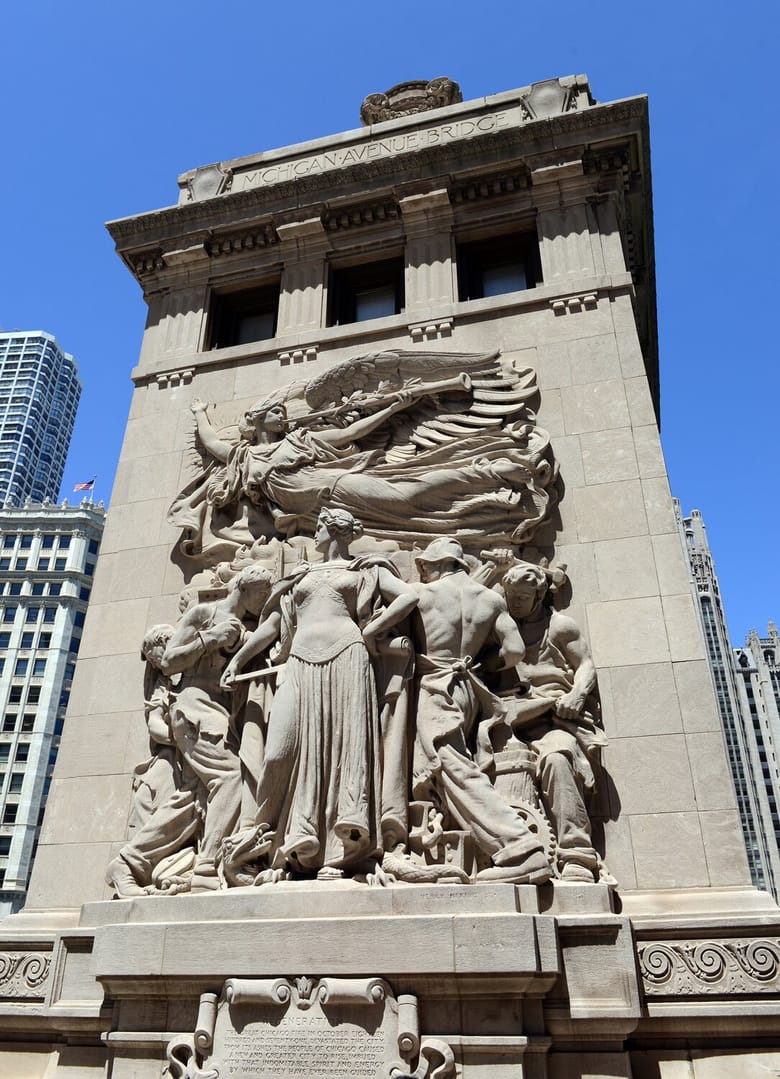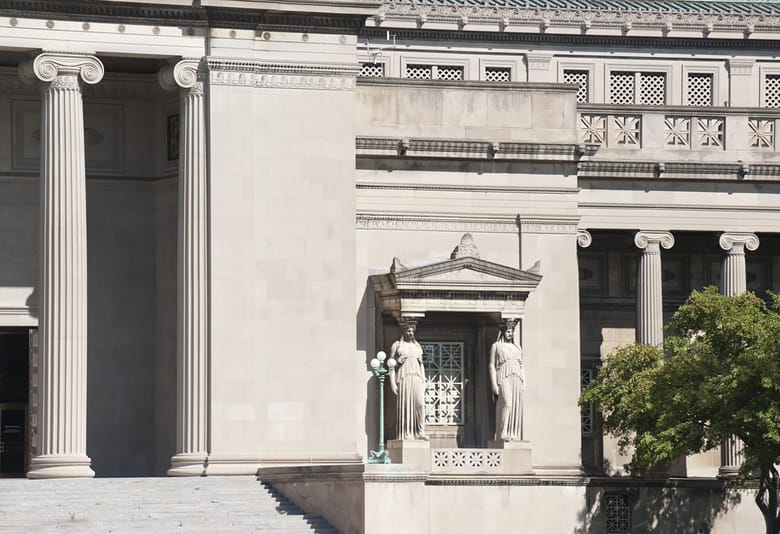Beaux-Arts
Elks National Memorial
Michigan Avenue DuSable Bridge
Museum of Science and Industry
Almost every corner you turn, you can find Beaux-Arts style architecture in Chicago. Influenced by classical Roman and Greek forms, Beaux-Arts emerged as the dominant style of architecture in the United States between the late 19th century and early 20th century. Its emergence in Chicago is chiefly due to it being the style of choice for the 1893 World’s Columbian Exposition. Some famous buildings from that era that still stand today are the Art Institute of Chicago, the Chicago Cultural Center (then the Chicago Public Library) and the Museum of Science and Industry (then the Palace of Fine Arts).
Architects trained in the Beaux-Arts style often attended the École des Beaux-Arts in Paris, France. Two of the first Americans to attend the École were Richard Morris Hunt, co-founder of the American Institute of Architects (AIA), and Henry Hobson Richardson, architect of the Glessner House.
At the École, students would redraw columns, cornices and triangular pediments from classical Greek and Roman buildings. They learned to emphasize the importance of grand arrival halls and the progression of formal spaces in floor plans. The buildings they designed conveyed a sense of heaviness and honored the history of ancient ideals, making the Beaux-Arts style widely popular in cultural and government institutions, as well as homes for the wealthy.
Some defining features of Beaux-Arts style architecture are:
- Focus on symmetry
- Hierarchy of interior spaces
- Classical details, including columns and pediments
- Highly decorative surfaces
- Statues and figures embedded within the façade
- Raised first story
- Stone or stone-like materials
Beaux-Arts spread throughout the nation as more American architects trained at the École. The style remained popular in the United States and Chicago until the Great Depression.

























